California’s Pacific Coast Highway meanders through some of America’s most stunning coastal scenery, hugging rugged cliffs and offering endless ocean vistas along its nearly 656-mile route. This legendary road trip delivers an ever-changing landscape from Southern California’s sandy beaches to Northern California’s dramatic rocky shores.
The journey itself becomes the destination as drivers navigate hairpin turns while waves crash dramatically against weathered shorelines below. The Pacific Coast Highway offers an incredible diversity of natural wonders and cultural landmarks worth exploring.
Here is a list of 20 must-see sights that showcase the best of this iconic coastal drive.
Santa Monica Pier
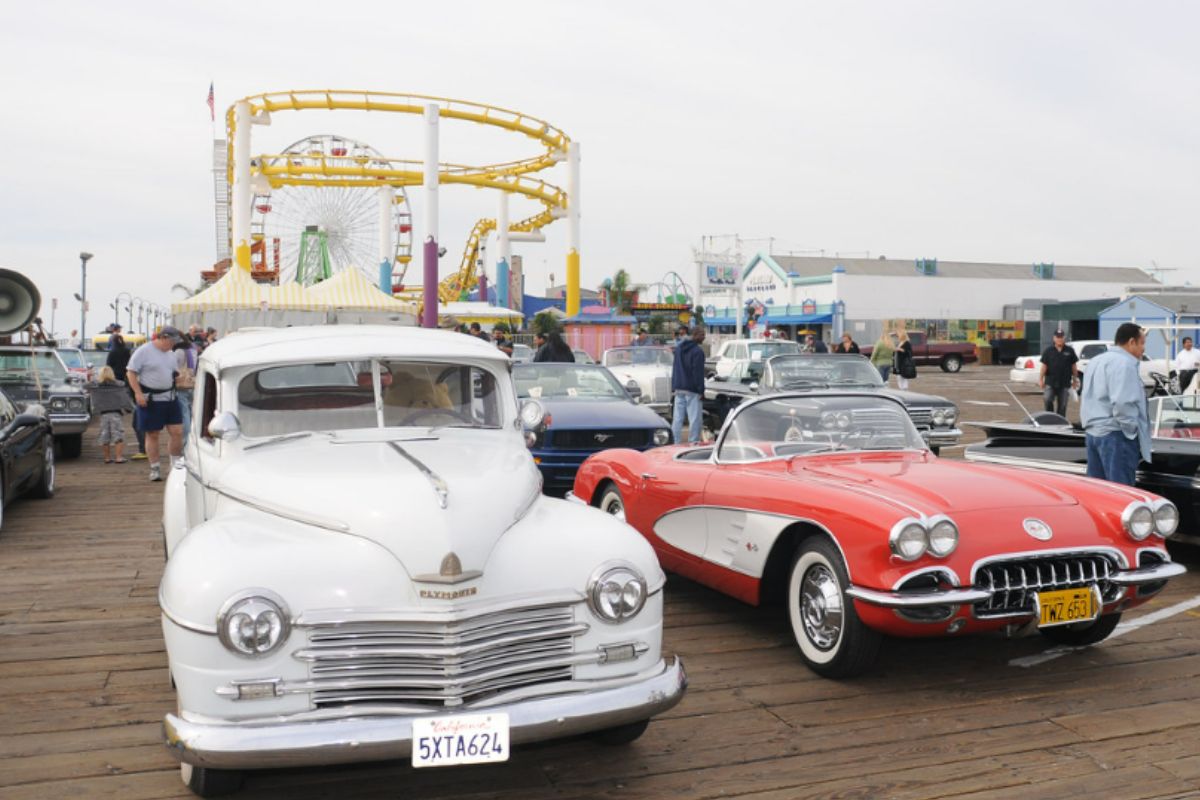
This historic landmark serves as the symbolic starting point of Route 66 while offering classic seaside amusement. The pier’s vintage carousel and Ferris wheel provide nostalgic entertainment alongside modern attractions like the aquarium and trapeze school.
Local fishermen cast lines alongside tourists, creating a blend of everyday life and a vacation atmosphere unique to Southern California. The sunset views from the pier’s western edge transform the Pacific into a canvas of orange and pink hues.
Point Dume State Beach
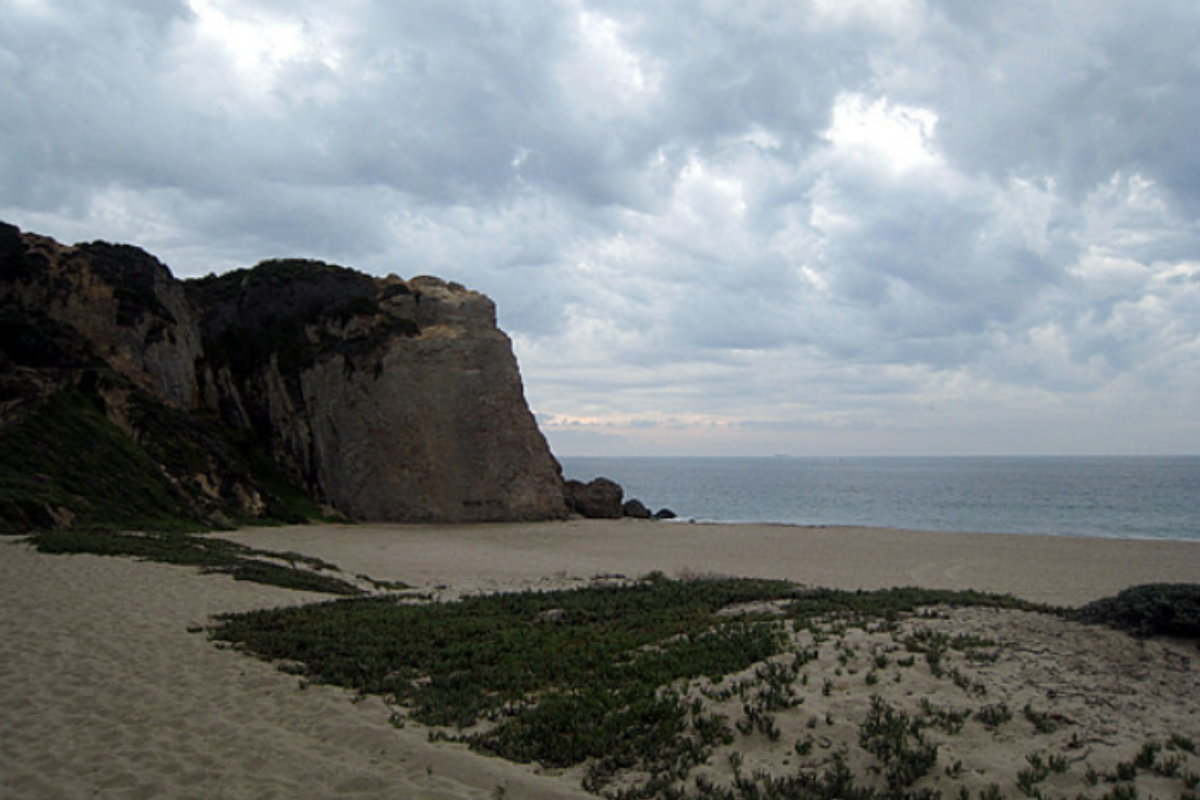
This dramatic promontory in Malibu reveals breathtaking coastal panoramas from atop its 200-foot bluffs. Hikers ascending the headland’s trail might spot migrating gray whales during winter and spring months, their spouts visible against the blue horizon.
The protected cove below offers one of Southern California’s most pristine swimming beaches, with water clarity that rivals Caribbean destinations. Rock climbers scale the beach’s volcanic formations while sea lions occasionally haul themselves out on nearby rocks.
Like Travel Pug’s content? Follow us on MSN.
Channel Islands National Park
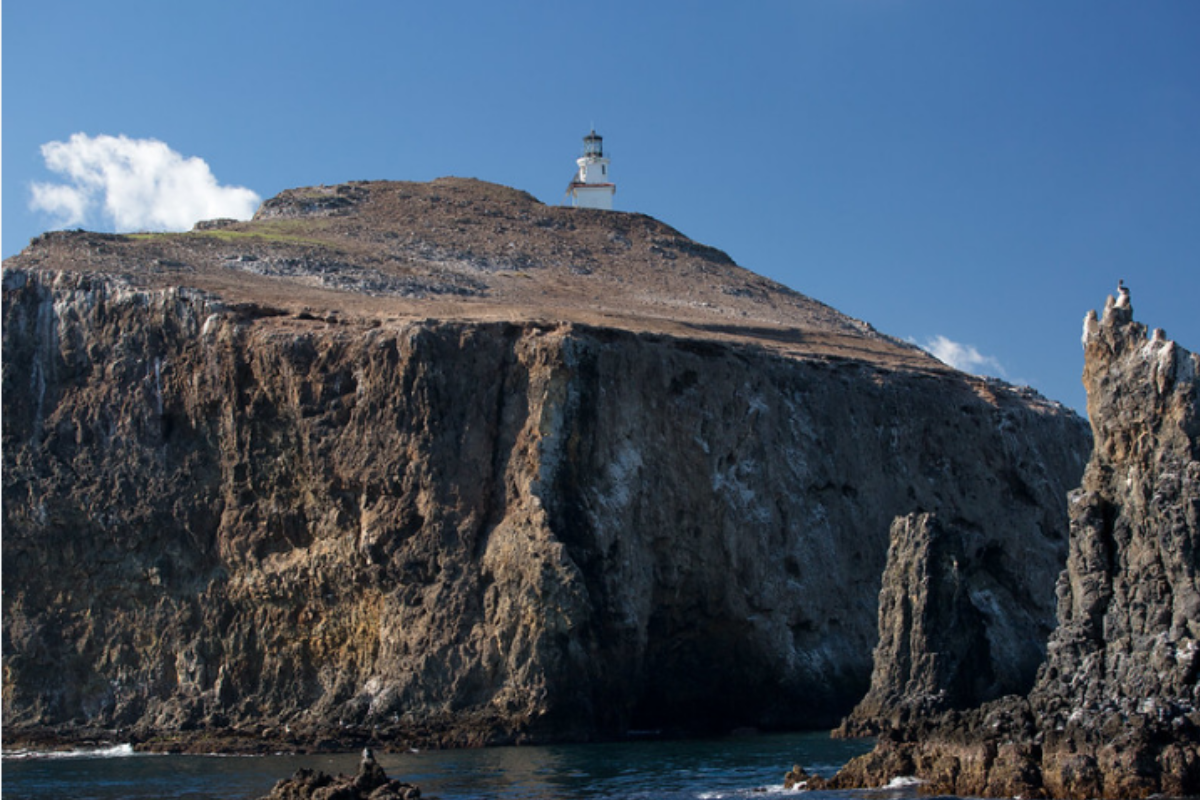
Just visible from the highway on clear days, this archipelago of five islands preserves California’s coastal ecosystem as it existed centuries ago. A short boat trip from Ventura Harbor transports visitors to landscapes untouched by development and home to unique species found nowhere else on Earth.
The islands’ isolation has created a natural laboratory where plants and animals evolved independently, earning them the nickname “North America’s Galápagos.” Clear waters surrounding the islands support vibrant kelp forests teeming with colorful marine life.
Hearst Castle
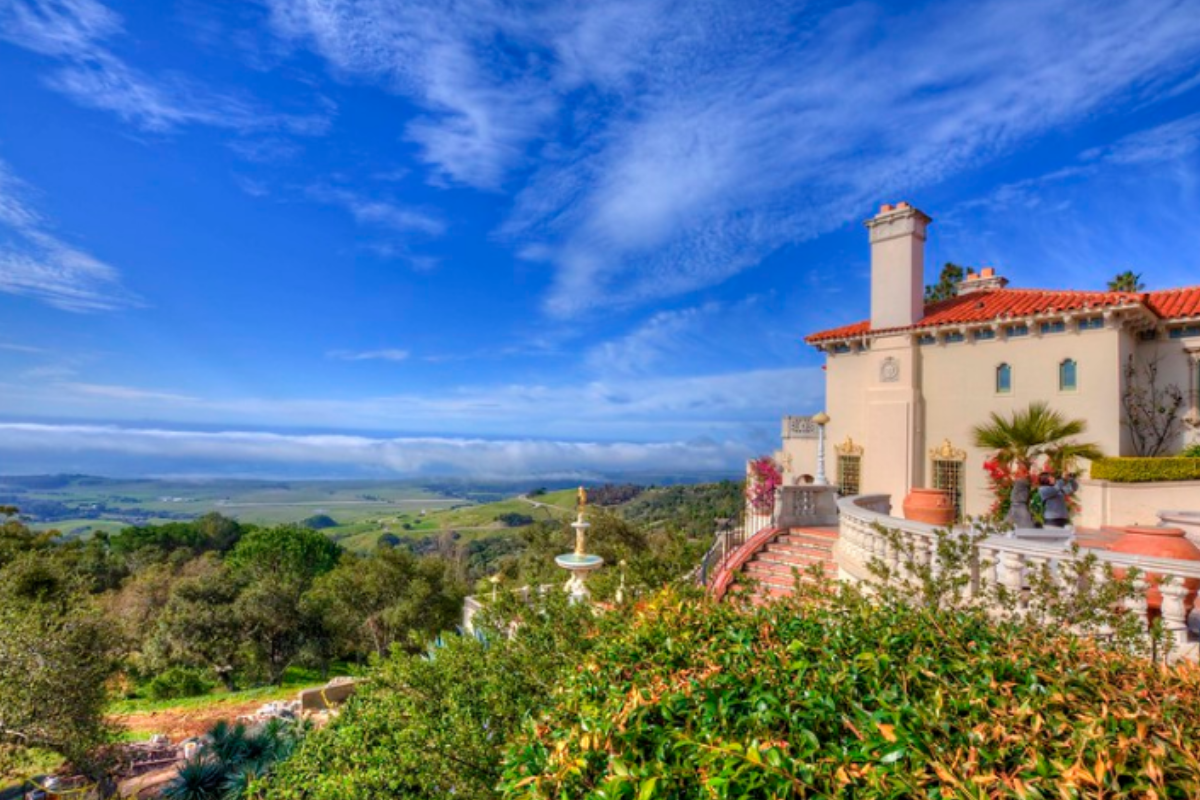
Media mogul William Randolph Hearst’s extravagant hilltop estate stands as a monument to California’s early 20th-century wealth and ambition. The 165-room main house combines European architectural styles with Hearst’s eclectic art collection amassed from around the world.
Outdoor Neptune Pool reflects classical Roman temple facades, while indoor spaces showcase everything from ancient Egyptian artifacts to medieval tapestries. The property’s former private zoo once housed exotic animals whose descendants still occasionally graze near the estate—zebras are occasionally spotted grazing alongside cattle.
Big Sur Coastline
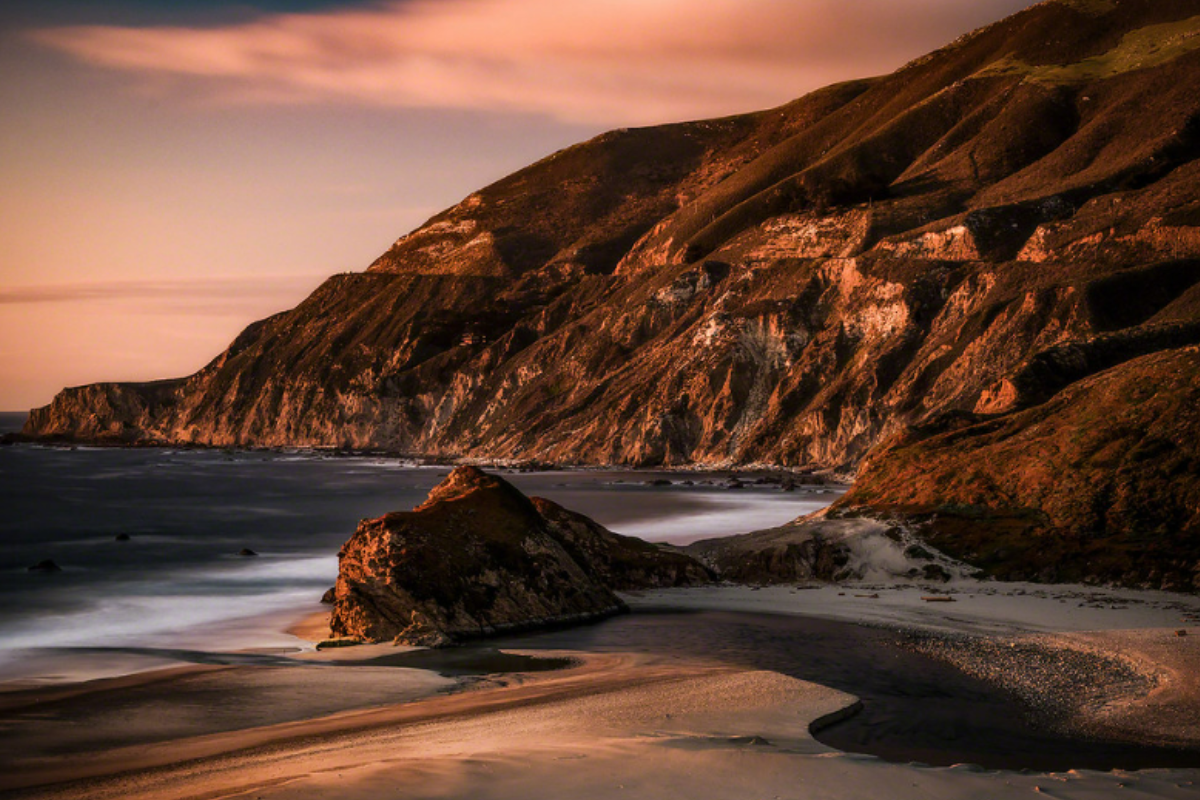
This 90-mile stretch represents the Pacific Coast Highway at its most dramatic, where Santa Lucia Mountains plunge directly into swirling Pacific waves. Redwood groves grow alongside coastal scrub in this ecological transition zone where maritime and mountain environments converge.
Artists and writers have drawn inspiration from this landscape for generations, contributing to Big Sur’s reputation as a creative and spiritual haven. The constantly changing interplay of fog, sunlight, and sea creates an ever-shifting visual experience.
Like Travel Pug’s content? Follow us on MSN.
Bixby Creek Bridge
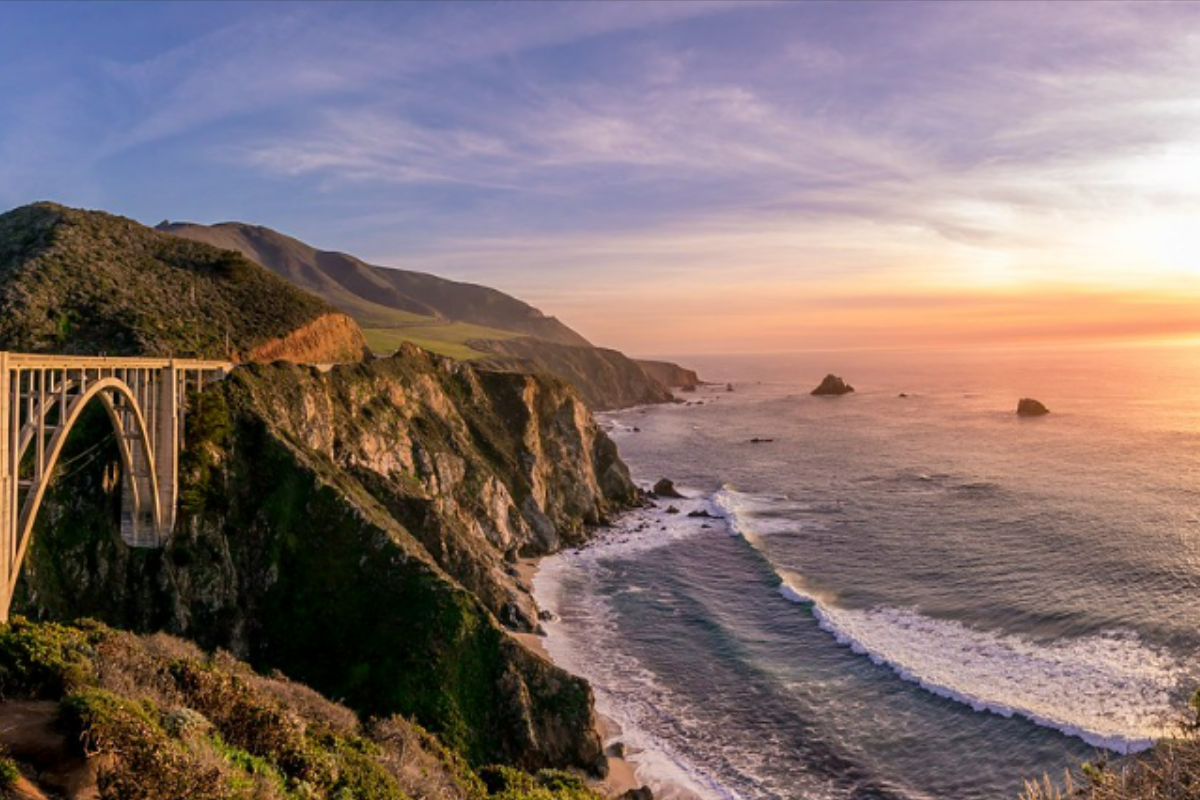
The graceful concrete arch of this Depression-era engineering marvel has become perhaps the most photographed bridge in California outside of San Francisco. Spanning 714 feet across a deep canyon, the bridge’s elegant design complements rather than competes with the surrounding natural beauty.
Morning fog often swirls dramatically around its supports before burning off to reveal the structure’s full grandeur against blue skies. The nearby pullouts fill quickly with photographers during golden hour as the bridge casts long shadows across the canyon below.
Point Lobos State Natural Reserve
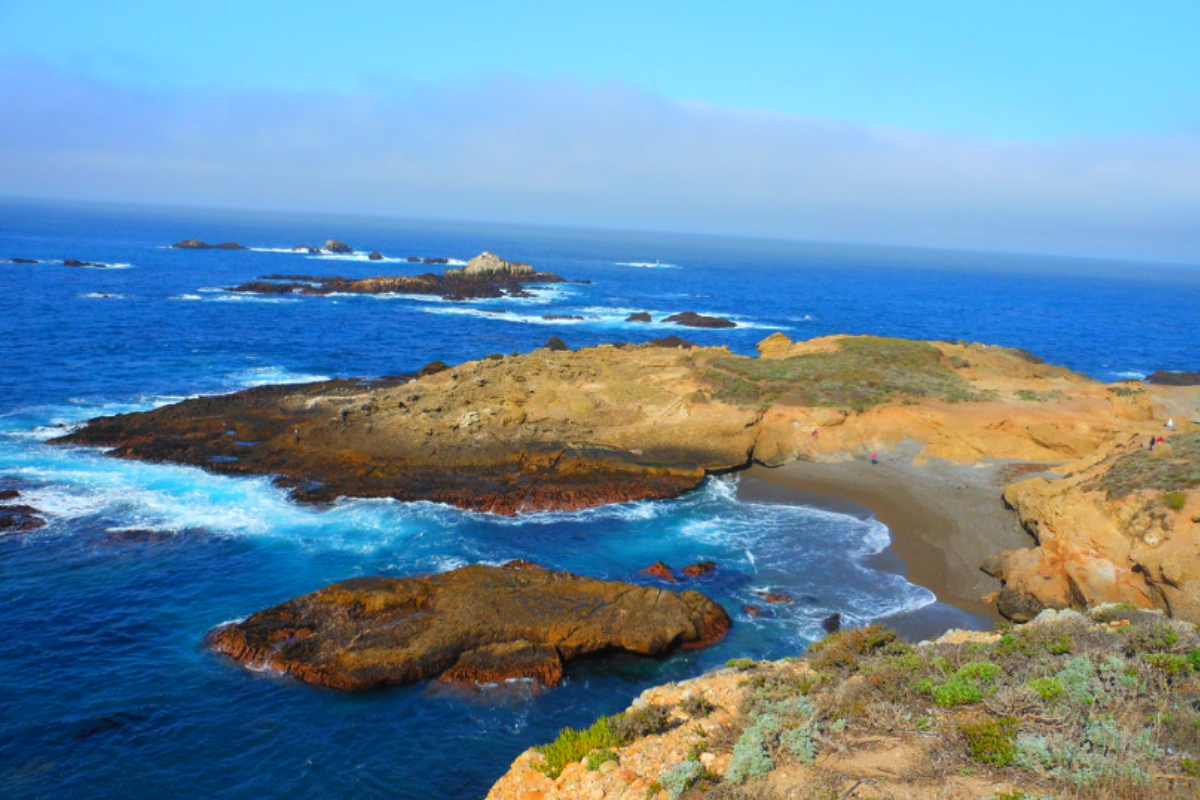
Often called “the crown jewel of the State Park system,” this coastal preserve packs remarkable biodiversity into its compact shoreline. Weathered cypress trees cling to rocky headlands while sea otters float among kelp beds visible from shore.
The reserve’s underwater component protects a marine habitat as rich as its terrestrial counterpart—colorful nudibranchs and fish inhabit submerged caves and crevices. Docent-led walks reveal hidden wildlife and explain the area’s complex ecological relationships.
Monterey Bay Aquarium
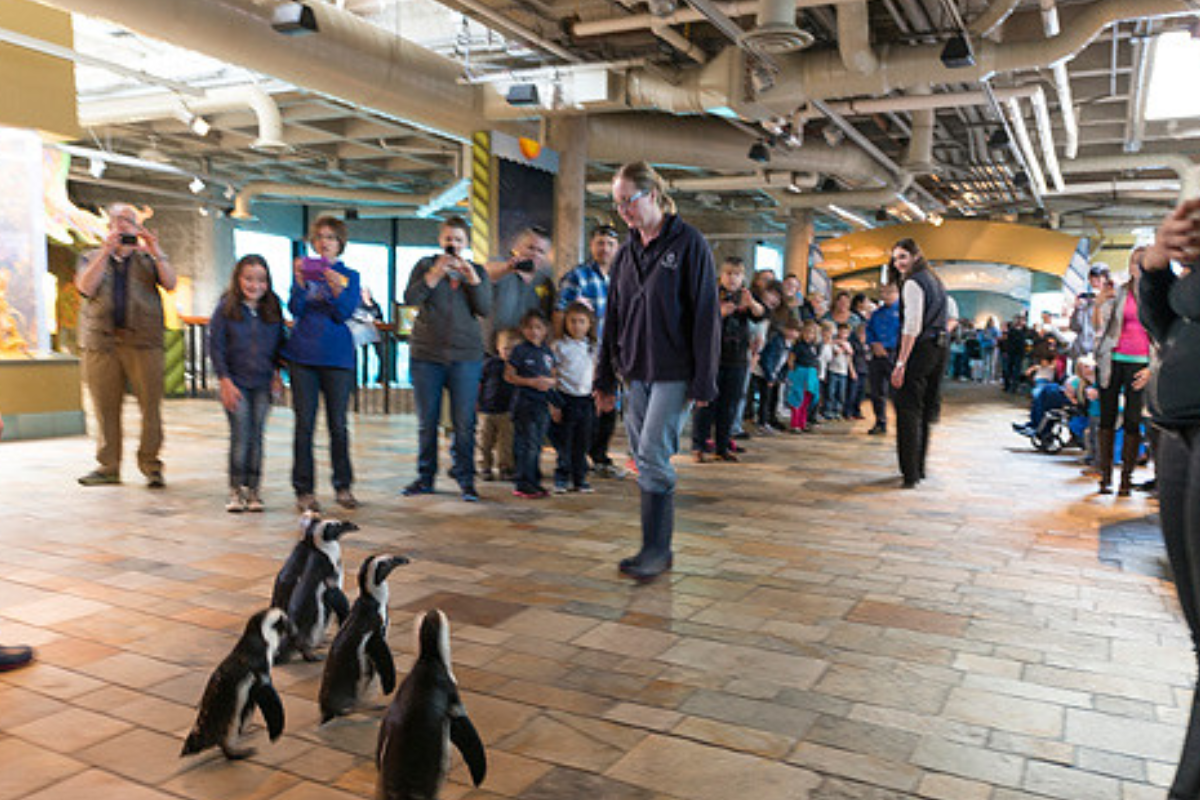
Housed in a former sardine cannery, this pioneering facility revolutionized how aquariums connect visitors with marine ecosystems. The three-story kelp forest exhibit replicates Monterey Bay’s underwater environment with swaying algae and schools of sardines circling in hypnotic patterns.
The aquarium’s research programs focus on ocean conservation, while exhibits highlight both the wonder and fragility of marine environments. The outdoor deck offers a chance to spot wild sea otters playing in the bay just yards from their exhibited counterparts.
Like Travel Pug’s content? Follow us on MSN.
Santa Cruz Beach Boardwalk

This classic seaside amusement park maintains vintage rides alongside modern attractions, creating a multigenerational appeal. The Giant Dipper wooden roller coaster has thrilled riders since 1924, its red and white structure an enduring symbol of California coastal recreation.
The adjacent beach hosts volleyball tournaments, surf competitions, and everyday beachgoers enjoying the protected waters of Monterey Bay. Evening concerts during summer months transform the boardwalk into an open-air venue with a soundtrack of crashing waves between songs.
Half Moon Bay
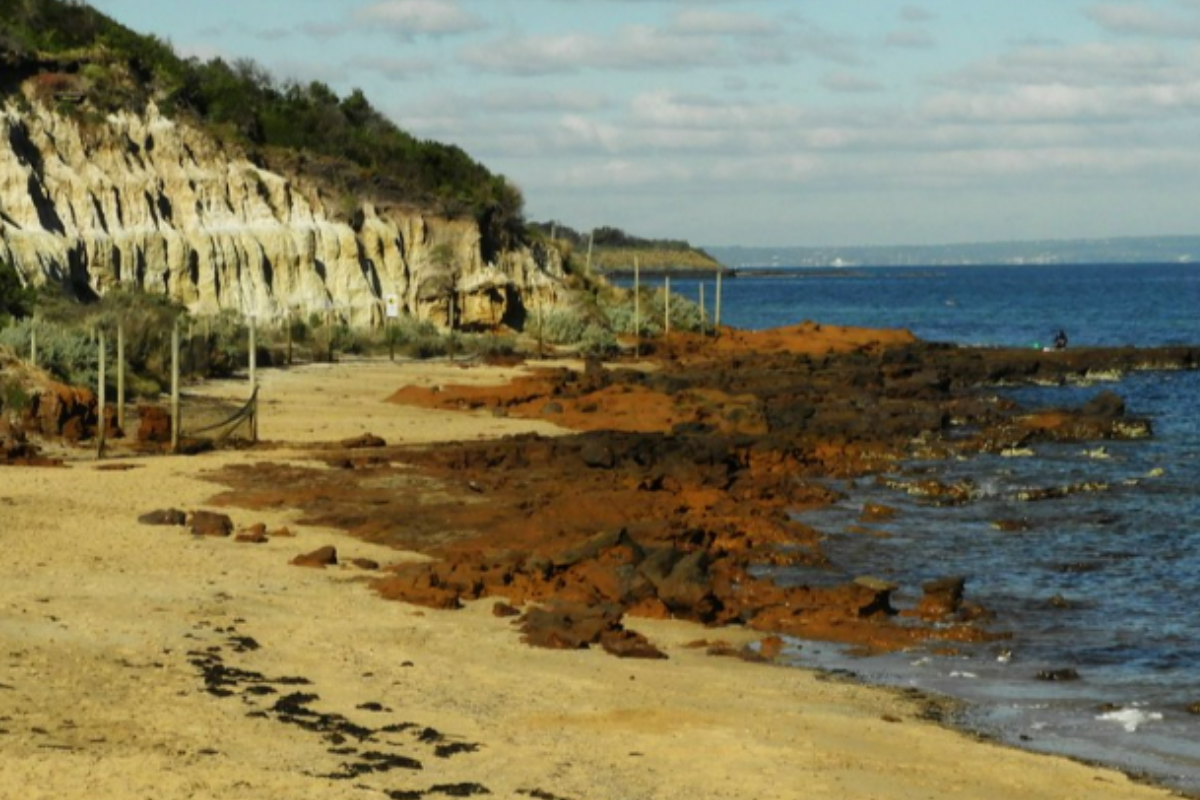
This charming coastal town combines working harbor authenticity with boutique shopping and dining experiences. Pillar Point Harbor shelters commercial fishing boats that supply local restaurants with freshly caught seafood, prepared just hours after leaving the ocean.
The annual pumpkin festival celebrates massive gourds grown in surrounding fertile fields—some weighing over 2,000 pounds. Winter brings legendary surf conditions to Mavericks Beach, where waves can reach heights of 50 feet during major swells.
Devil’s Slide Trail
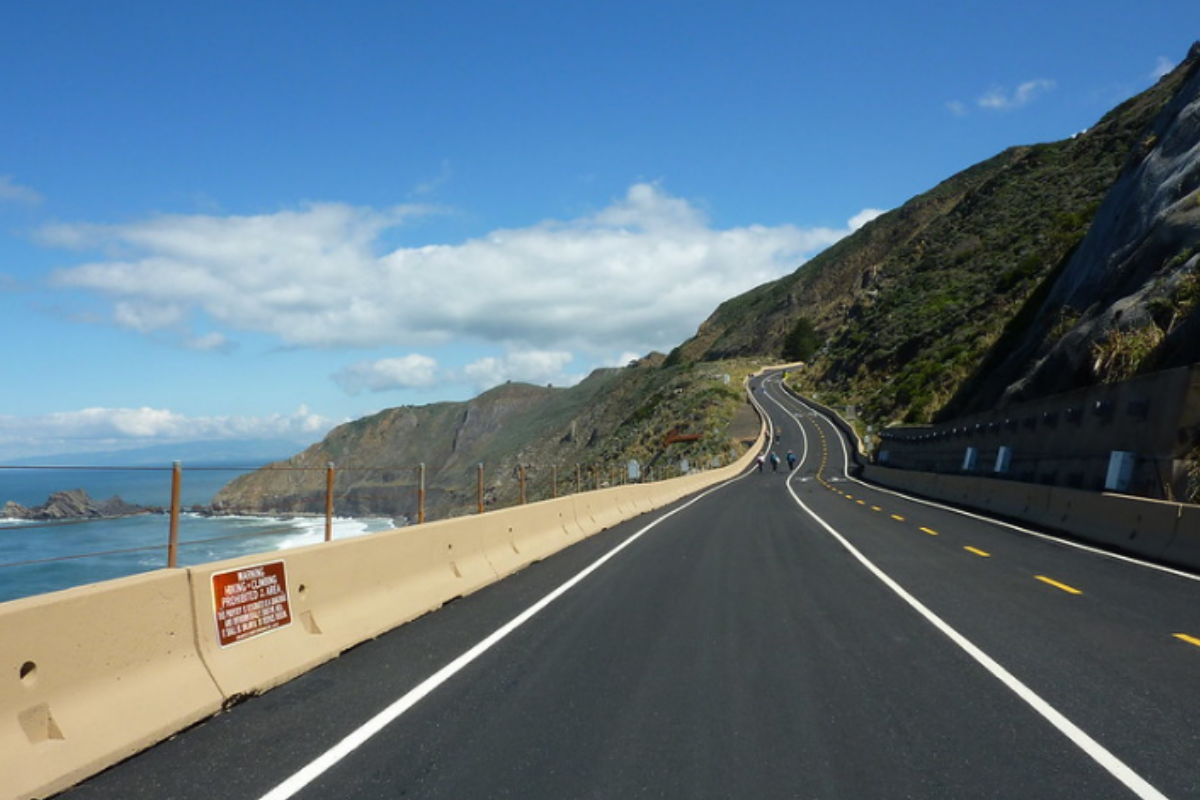
This reclaimed section of the original highway traverses terrain once prone to dangerous landslides before being bypassed by modern tunnels. The paved pedestrian path now offers safe passage through an area where geology continues to reshape the coastline through erosion and occasional dramatic rock slides.
Interpretive signs explain both natural history and engineering challenges that defined this notorious stretch of road. Bench viewpoints provide perfect whale-watching spots during migration seasons.
Like Travel Pug’s content? Follow us on MSN.
Golden Gate Bridge
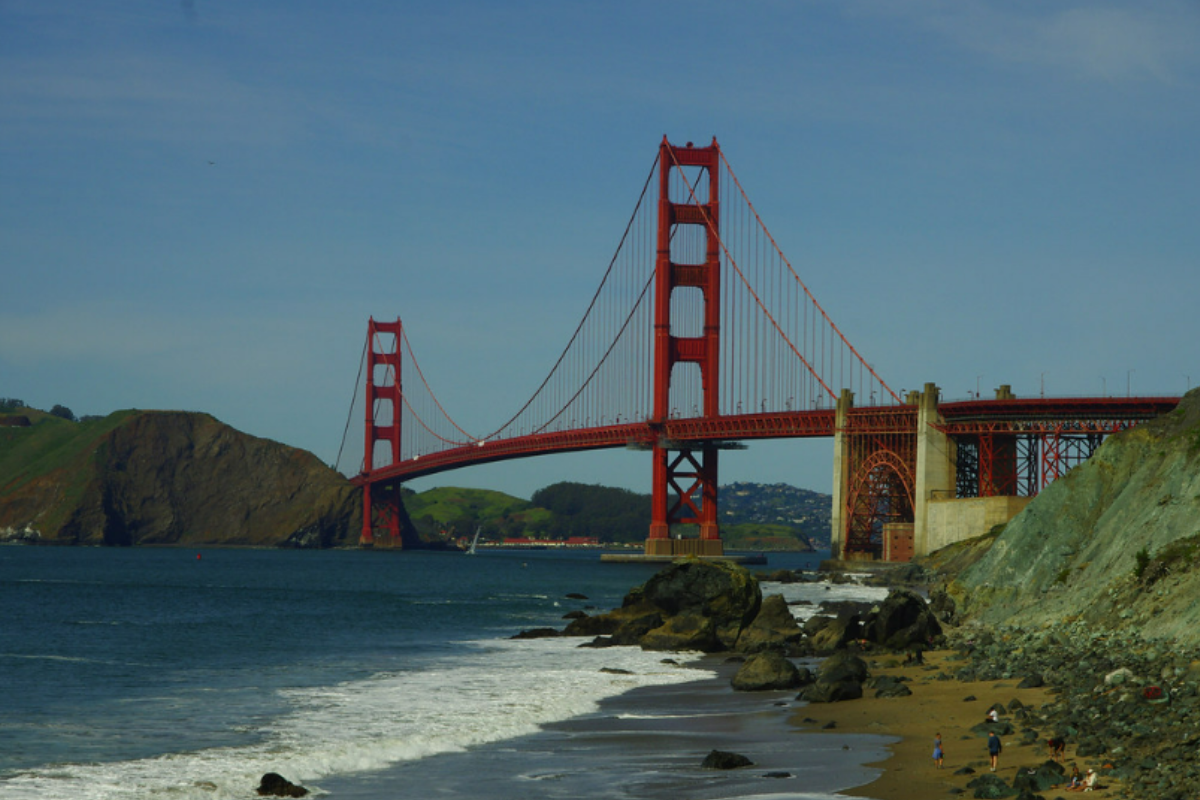
San Francisco’s iconic span represents both engineering achievement and artistic design with its distinctive International Orange color. The bridge’s 746-foot towers rise through frequent fog banks, creating photography opportunities that never feel repetitive despite being among the most captured images in America.
Pedestrian access allows visitors to experience the bridge’s 1.7-mile length while feeling subtle movements caused by wind and traffic. The Fort Point historic site beneath the southern tower offers unique perspectives of this massive structure from below.
Point Reyes National Seashore
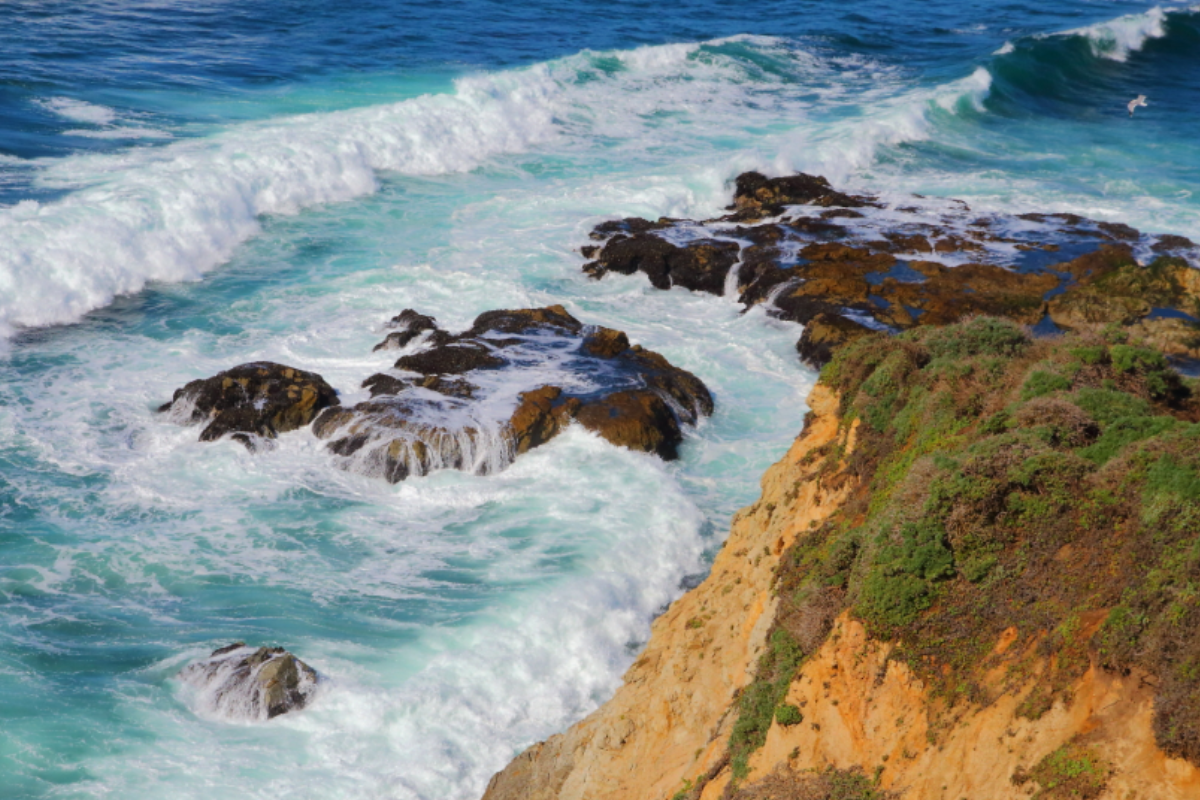
This triangular peninsula jutting into the Pacific preserves a remarkable diversity of habitats within its protected boundaries. The historic lighthouse perches dramatically atop rocky bluffs that receive some of California’s strongest winds—occasionally exceeding 100 mph.
Tule elk herds roam grasslands while elephant seals establish massive breeding colonies along remote beaches accessible by trail. The park’s position along the Pacific Flyway makes it exceptional for birdwatching, with over 490 species recorded.
Bodega Bay
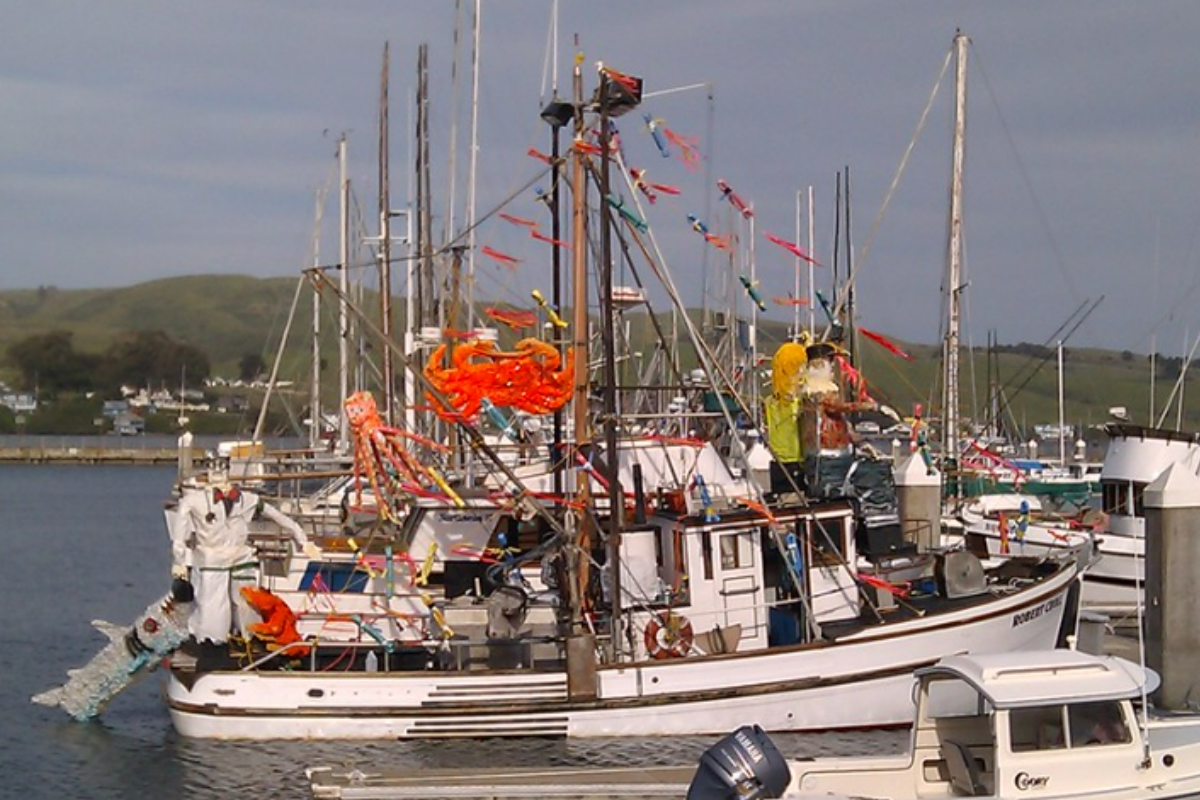
This sheltered harbor gained cinematic fame as the setting for Alfred Hitchcock’s “The Birds” while maintaining its authentic fishing village character. Fresh seafood markets sell the day’s catch directly to visitors, often alongside the boats that hauled it in only hours earlier.
Protected inner bay waters create ideal conditions for kayaking and standup paddleboarding, with frequent seal and sea lion encounters. Bodega Head’s hiking trails offer spectacular whale-watching vantage points during migration seasons.
Like Travel Pug’s content? Follow us on MSN.
Fort Ross State Historic Park
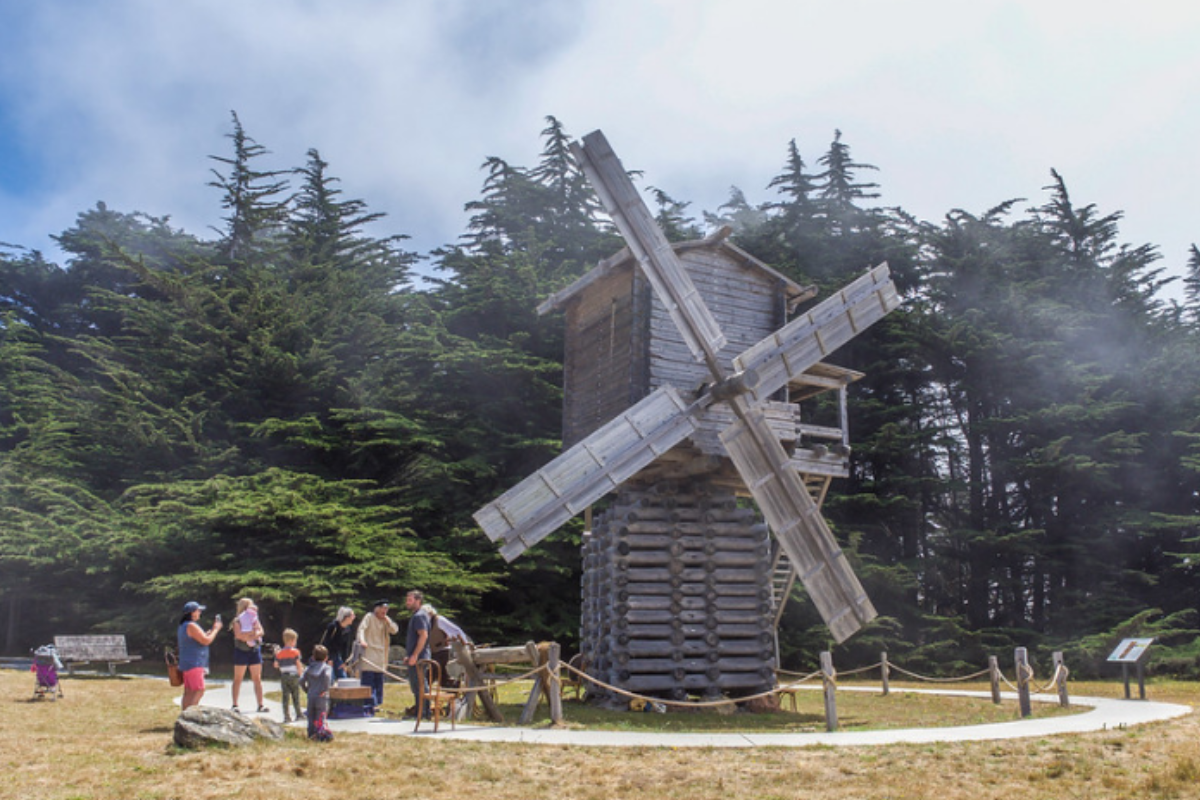
This meticulously reconstructed Russian fur trading outpost represents an often-overlooked chapter in California’s pre-American history. The wooden stockade and buildings recreate the settlement established in 1812 when Russia sought valuable sea otter pelts along this productive coastline.
Living history demonstrations bring the multicultural community to life, highlighting not just Russian presence but also Native Alaskan and California Indigenous interactions. The windswept coastal location helps visitors appreciate the isolation early settlers experienced.
Mendocino Headlands
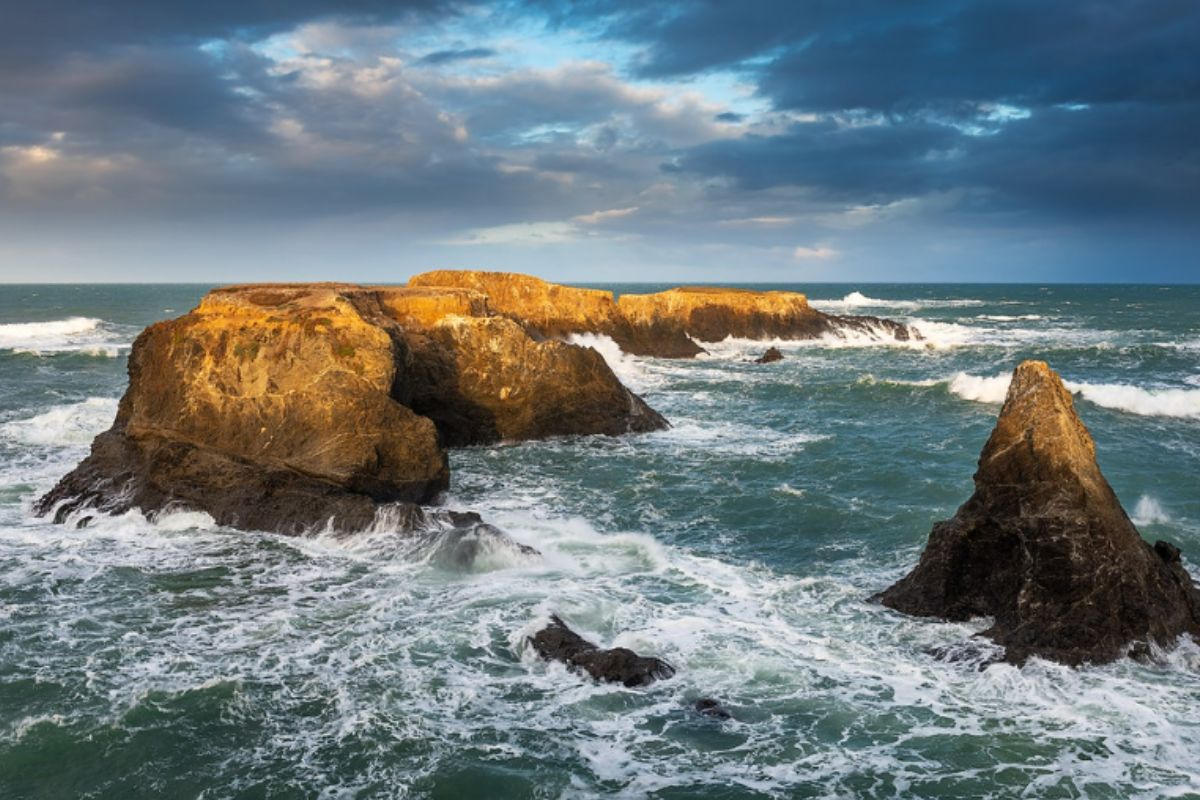
These dramatic bluffs surrounding a charming New England-style village create one of the coast’s most picturesque landscapes. Victorian architecture preserved throughout the town reflects its 19th-century prosperity as a logging port connecting redwood forests to San Francisco markets.
Artists’ galleries and craft studios line streets once home to sawmills and shipping offices, transforming the resource economy into a creative one. The headlands’ network of trails reveals hidden beaches and vents where Pacific waves surge through subterranean tunnels.
Glass Beach
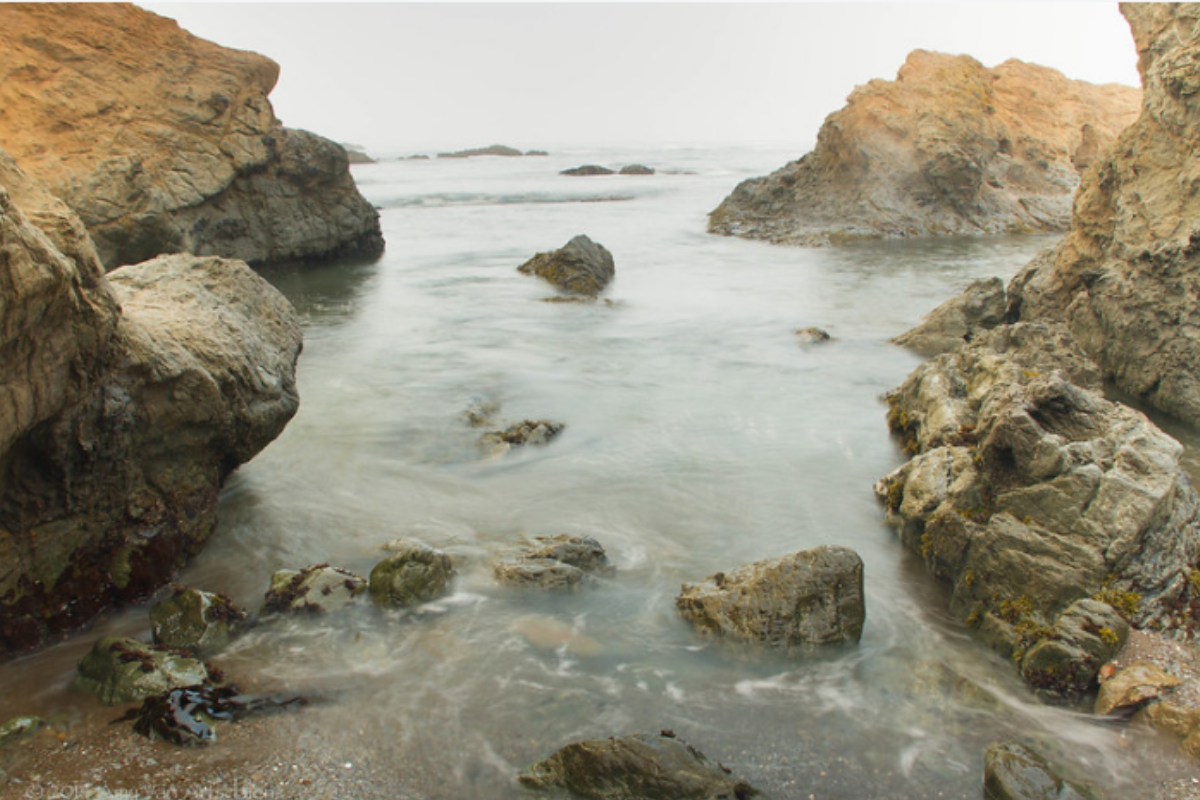
Once a shoreline garbage dump, this beach demonstrates nature’s remarkable healing power as discarded glass bottles have transformed into smooth, colorful pebbles. Decades of wave action tumbled sharp edges into rounded shapes in a range of colors reflecting common consumer products of the early 20th century.
The beach serves as both a beautiful destination and an environmental reminder about waste’s long-term impact on natural places. While collecting is now prohibited, photography captures the unusual juxtaposition of man-made debris transformed into natural beauty.
Like Travel Pug’s content? Follow us on MSN.
Avenue of the Giants
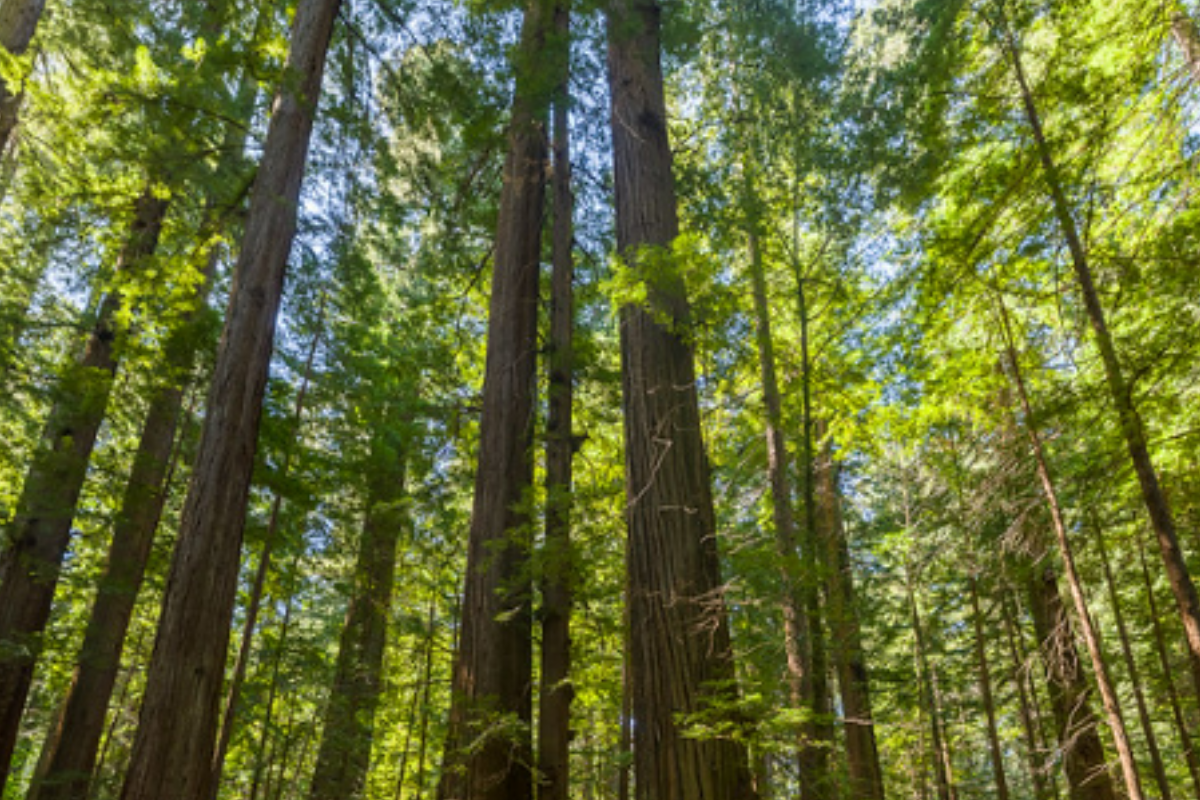
This 31-mile scenic alternative to Highway 101 winds through groves of coast redwoods, reaching heights over 300 feet. The filtered sunlight creates cathedral-like spaces beneath the canopy where visitors experience the humbling scale of the world’s tallest trees.
Multiple access points allow for short walks into groves where fallen nurse logs demonstrate the forest’s regenerative cycle. The drive itself becomes a meditative experience as sounds diminish under the massive trees’ sound-absorbing effect.
Trinidad State Beach
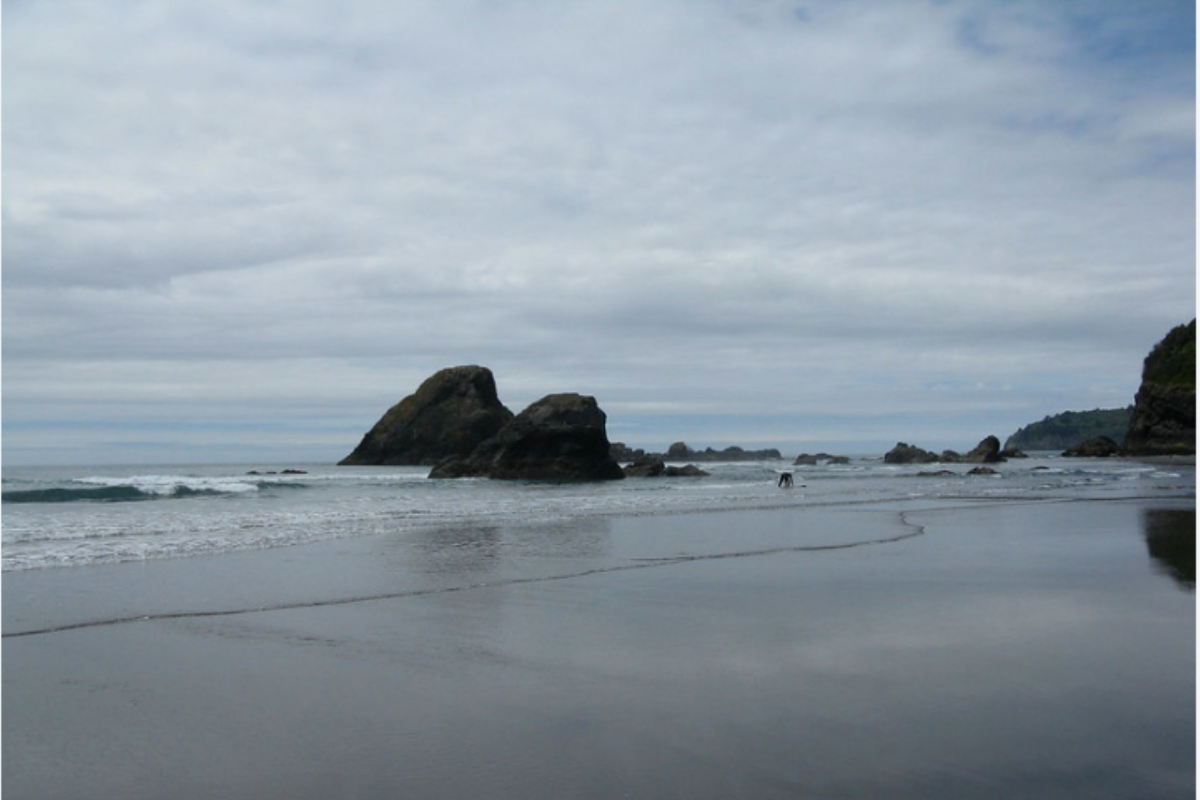
This picture-perfect cove presents textbook Northern California coastal scenery with sea stacks rising from azure waters. The sweeping beach curves beneath forested headlands while Trinidad Head provides shelter from northern winds and creates a natural harbor.
Tidal pools reveal colorful starfish, anemones, and other intertidal creatures during low tide explorations. The restored 1871 lighthouse stands sentinel above the harbor that once served as an important Gold Rush-era port.
Redwood National and State Parks
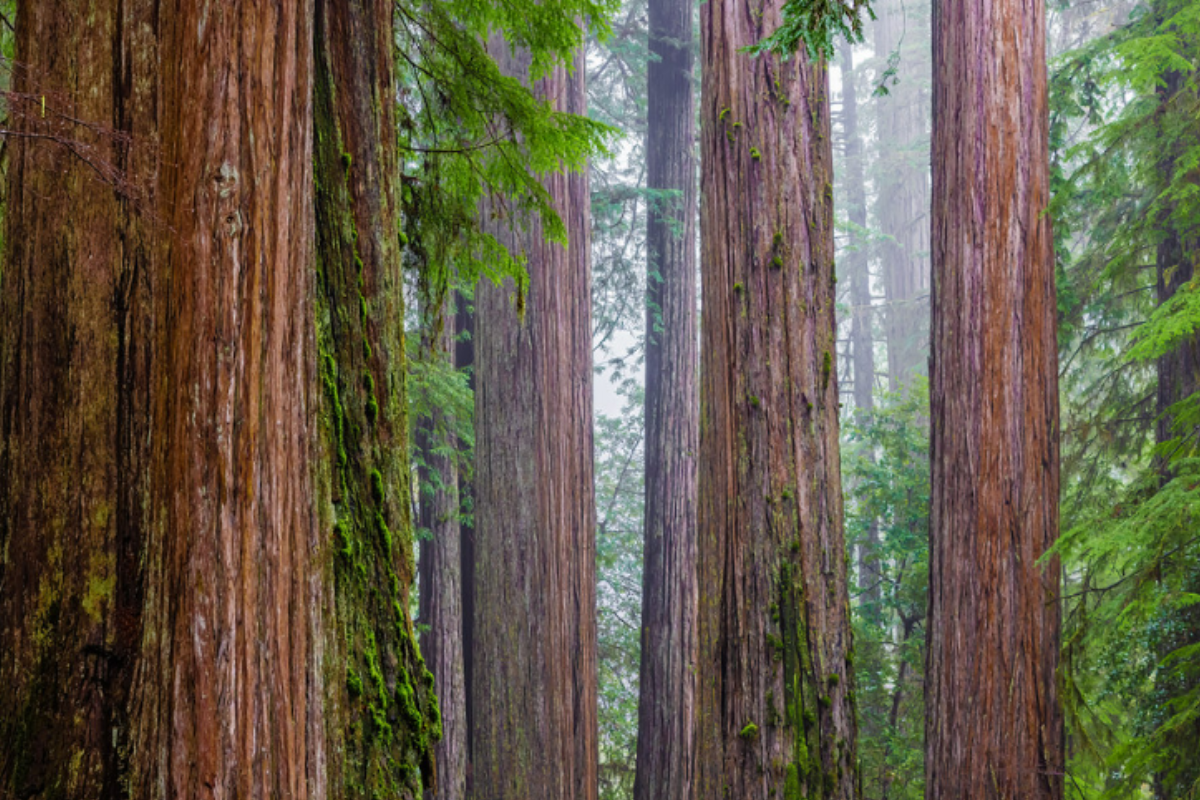
The northern terminus region of the Pacific Coast Highway preserves the planet’s tallest trees within a complex ecosystem that extends from rocky shoreline to inland mountains. Ancient redwood groves dwarf visitors with trees exceeding 350 feet tall and 2,000 years old—living connections to pre-Roman civilizations.
Roosevelt elk herds browse through forest clearings while portions of Star Wars’ Endor scenes were filmed among ferny understory plants. Multiple short walks accommodate various physical abilities, while more challenging trails reach remote groves rarely seen by visitors.
Like Travel Pug’s content? Follow us on MSN.
The Endless Horizon
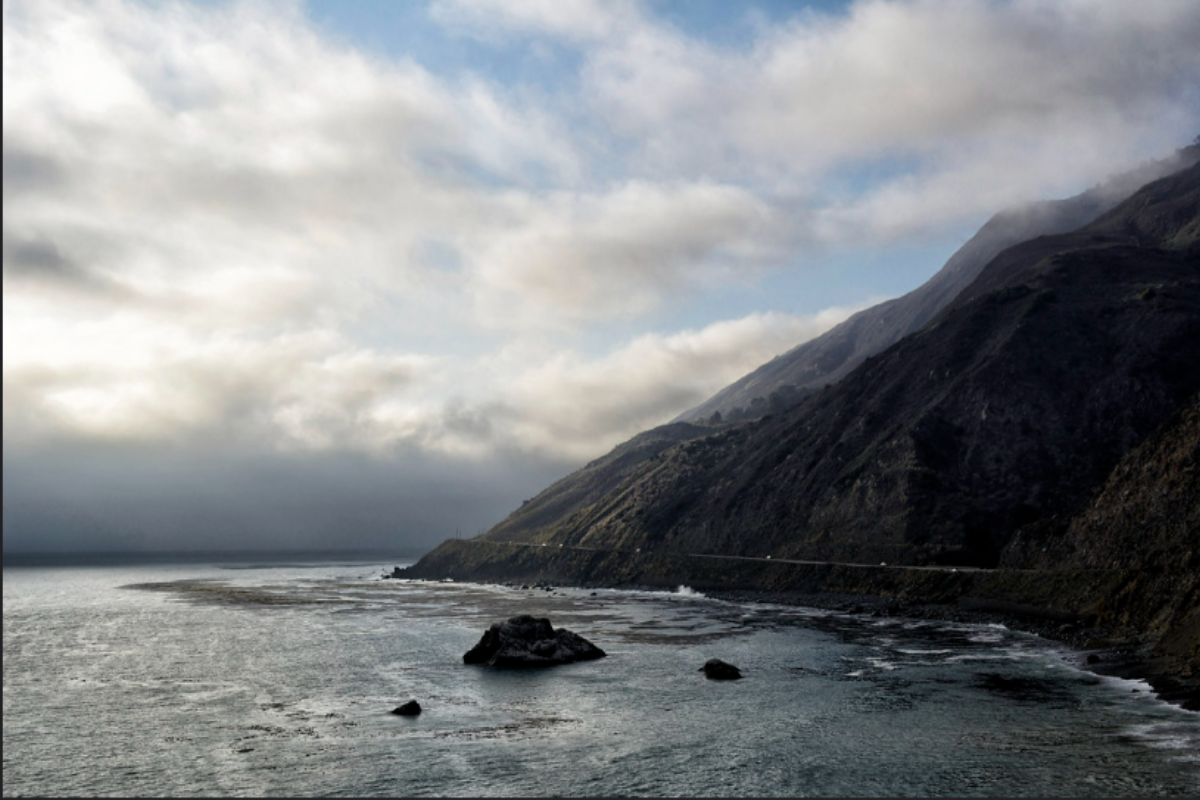
California’s Pacific Coast Highway delivers experiences that satisfy every traveler’s definition of the perfect road trip. The route’s diversity—from metropolitan beaches to remote wilderness—ensures memorable encounters with both natural wonders and human history.
While these twenty highlights represent unmissable stops, countless unmarked pullouts and viewpoints between them offer spontaneous discoveries that often become a traveler’s most cherished memories. The highway’s greatest gift may be its rhythm—the way it forces travelers to slow down, follow curves, and appreciate what appears around each bend.
More from Travel Pug

- Cities Growing so Fast You Won’t Recognize Them in 10 Years
- 13 Destinations Where Tourists Regularly Regret Their Trip
- 20 Obscure WWII Sites Even History Buffs Don’t Know About
- 10 Under-the-Radar Mountain Towns That Are Both Affordable and Beautiful
- Remote Villages in Europe Where You Can Live for Free in Exchange for Work
Like Travel Pug’s content? Follow us on MSN.
